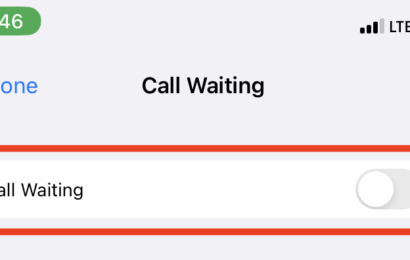One of the great things about OBS is that it’s so customizable. With a little tweaking, you can optimize your network traffic to get the most out of your streaming experience. In this post, we’ll show you how to enable some essential network optimizations in OBS.
To enable IP binding in OBS, simply go to the ‘Settings’ menu and select the ‘Network’ tab. From there, you can select the ‘Enable Network Optimizations’ option and specify which network interface you would like to use. By taking advantage of this simple setting, you can make sure that your broadcasts are as high-quality as possible.
What is IP Binding in OBS?

IP binding is a feature that allows you to specify which network interface OBS should use for outgoing traffic. This can be useful if you have multiple network interfaces and want to make sure that OBS is using the one with the best connection.
To enable IP binding in OBS, go to Settings > Output and click on the Advanced tab. Under IP Binding, select the interface that you want OBS to use for streaming.
What is ‘Enable Network Optimizations’ in OBS IP Binding?
Enabling network optimizations in OBS can help to reduce the latency of your stream. This is because it allows OBS to bypass the Windows TCP/IP stack and send traffic directly to the network interface.
To enable this optimization, go to Settings > Output and click on the Advanced tab. Under IP Binding, check the box next to “Enable Network Optimizations”.
And that’s it! These two simple tweaks can make a big difference in the quality of your stream. So if you’re looking to stream like a pro, be sure to give them a try.
What does enable network optimizations do in OBS?
Enabling network optimizations in OBS can help to reduce the latency of your stream. This is because it allows OBS to bypass the Windows network stack and send the data directly to the encoder. This can be especially useful if you are using a software encoder, as it can help to reduce the amount of time it takes for the data to reach the encoder. Network optimizations can also help to improve the quality of your stream, as it can reduce the amount of dropped frames.
What is Obs dropped frames (network)?
Dropped frames occur when the connection between the encoder and the server is interrupted for any reason. This can happen if there is a problem with the network or if the computer running the encoder is overloaded. When a frame is dropped, the video will freeze for a brief moment. In some cases, the video may appear to stutter or jump.
If you are experiencing dropped frames, the first thing you should do is check your internet connection. If you are using a wireless connection, try moving closer to the router. If you are using a wired connection, make sure that the cable is plugged in all the way.
You can also try restarting your encoder. If that does not work, you may need to upgrade to a more powerful computer.
Does Enable Network Optimizations Option fix your dropped frames?
The Enable Network Optimizations option can help to reduce the amount of dropped frames by reducing the amount of data that is being sent. This can help if the problem is due to a slow internet connection.
What is obs dynamically change bitrate to manage congestion (beta)?
OBS automatically adjusts your bitrate to avoid dropped frames due to network congestion. This feature is still in beta and may not work perfectly. To enable it, go to Settings > Advanced and check the “Dynamically change bitrate to manage congestion (beta)” option.
If you are experiencing dropped frames, you can also try lowering your bitrate. This will make your video look worse, but it may help to avoid dropped frames.
If you are still experiencing dropped frames, try contacting your internet service provider. They may be able to help you troubleshoot the issue.
Should I enable TCP pacing?
TCP pacing is a feature that allows OBS to send data to the server at a more consistent rate. This can help to avoid dropped frames due to network congestion. To enable TCP pacing, go to Settings > Advanced and check the “Enable TCP pacing” option.
Conclusion
So what does all of this mean for you as an OBS user? In a nutshell, enabling network optimizations will help your stream run more smoothly by making better use of your bandwidth and reducing the number of dropped frames. If you’re having trouble with dropped frames, we recommend giving this setting a try. Keep in mind that it is still in beta testing so there may be some bumps along the way, but it’s worth checking out to see if it improves your streaming experience. Have you tried enable network optimizations yet? Let us know how it goes!





